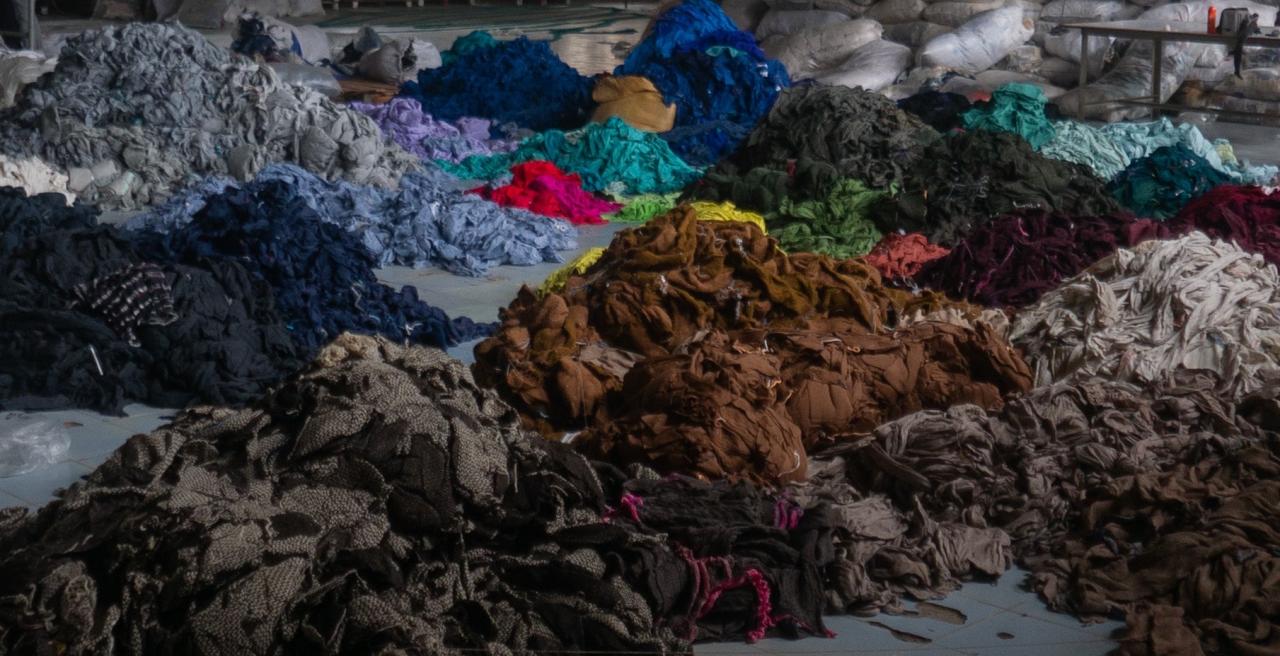The Eco-Conscious Conundrum: Fast Fashion’s Environmental Effects
Share

In a world where trends change as quickly as the seasons, the allure of fast fashion has captivated consumers around the globe. But behind the glitz and glamour lies a dark reality – the environmental impact of our insatiable appetite for cheap, trendy clothing. This article delves into the eco-conscious conundrum of fast fashion, exploring the damaging effects it has on our planet and offering insights on how we can make more sustainable choices without sacrificing style. Join us as we unravel the threads of this complex issue and shine a light on the urgent need for change in the fashion industry.

Understanding the Impact of Fast Fashion on the Environment
Fast fashion has taken the world by storm, offering consumers trendy clothing at affordable prices. However, the environmental impact of this industry is often overlooked. The production of fast fashion contributes to climate change, water pollution, and textile waste. Understanding these consequences is essential for making eco-conscious choices as consumers.
One of the major issues with fast fashion is its high level of greenhouse gas emissions. The manufacturing process involves the use of fossil fuels, which release carbon dioxide into the atmosphere. Additionally, the transportation of garments from factories to stores and eventually to consumers generates even more emissions. These practices significantly contribute to global warming and climate change.
Furthermore, fast fashion leads to excessive water pollution. The dyeing and finishing of textiles require large amounts of water, often leading to the contamination of rivers and other water sources. The chemicals used in these processes can harm aquatic life and ecosystems. By supporting fast fashion, consumers unknowingly contribute to this environmental degradation.
The Role of Consumer Behavior in Sustainable Fashion Practices
In today’s fast-paced world, the fashion industry has seen a surge in demand for trendy and affordable clothing, leading to the rise of fast fashion. While consumers enjoy the convenience and affordability of fast fashion brands, the environmental impact of these practices cannot be ignored. The production of fast fashion contributes to pollution, waste, and exploitation of natural resources, making it crucial for consumers to be aware of the role their behavior plays in sustainable fashion practices.
As eco-conscious consumers navigate the fast fashion landscape, they are faced with a conundrum. On one hand, they desire stylish and affordable clothing, while on the other hand, they are mindful of the environmental repercussions of their choices. By understanding the impact of their purchasing decisions, consumers can make more informed choices that promote sustainability in the fashion industry.
Consumers can play a significant role in promoting sustainable fashion practices by:
- Supporting ethical and environmentally-conscious brands
- Opting for quality over quantity
- Engaging in clothing swaps and secondhand shopping
- Advocating for transparency and accountability in the fashion industry
Recommendations for Promoting Eco-Friendly Alternatives in the Fashion Industry
In the quest for promoting eco-friendly alternatives in the fashion industry, there are several key strategies that can be implemented to combat the environmental effects of fast fashion. One recommendation is to prioritize the use of sustainable materials, such as organic cotton, bamboo, and recycled fabrics. By utilizing these materials in the production process, it is possible to reduce the carbon footprint of the fashion industry significantly.
Another approach is to embrace slow fashion practices, encouraging consumers to buy fewer, higher-quality garments that are designed to last. This shift in consumer behavior can help reduce the demand for fast fashion products, ultimately leading to less waste and pollution. Additionally, promoting transparency in the supply chain and ensuring ethical labor practices are essential steps towards creating a more sustainable fashion industry.
Furthermore, investing in innovative technologies, such as 3D printing and digital fabrication, can also help minimize the environmental impact of the fashion industry. These technologies allow for more precise production methods, reducing waste and lowering energy consumption. By implementing these recommendations, the fashion industry can take significant strides towards a more sustainable and eco-friendly future.
In conclusion, the fast fashion industry’s environmental impact is a complex issue that requires careful consideration and action. While it may be difficult to completely avoid the allure of fast fashion, being mindful of our consumption habits and supporting sustainable fashion initiatives can help mitigate its negative effects on the environment. By making informed and conscious choices, we can work towards a more sustainable and eco-friendly future for all. Thank you for reading.






